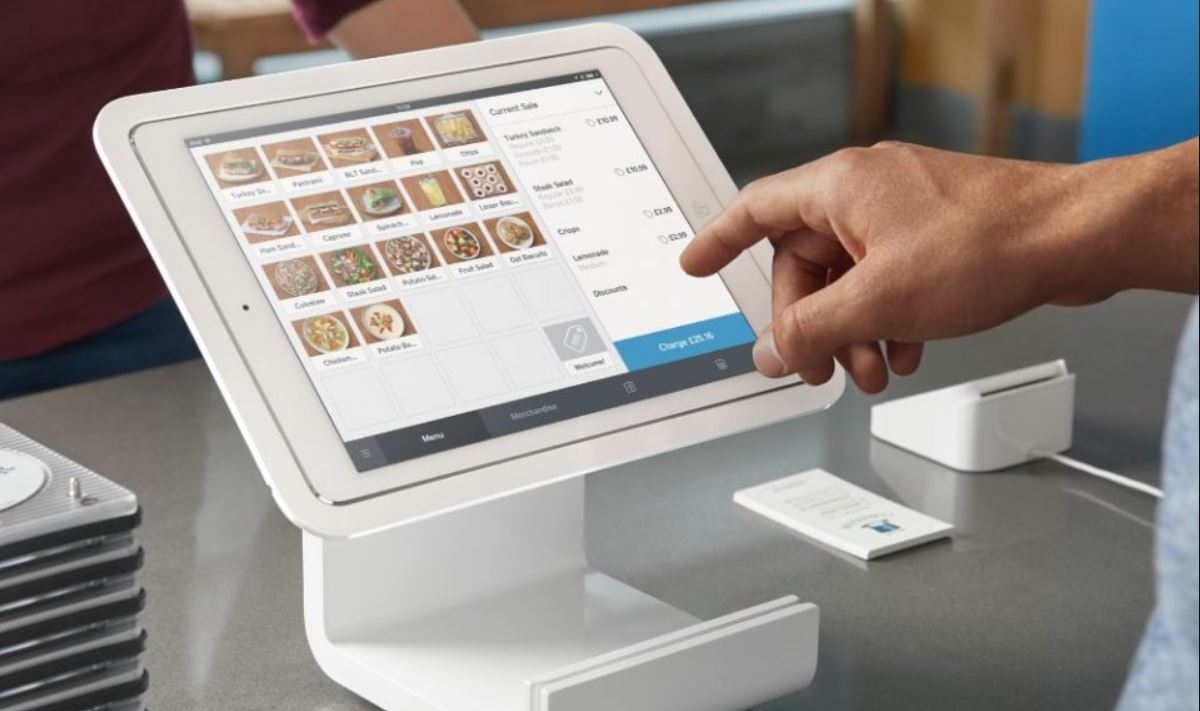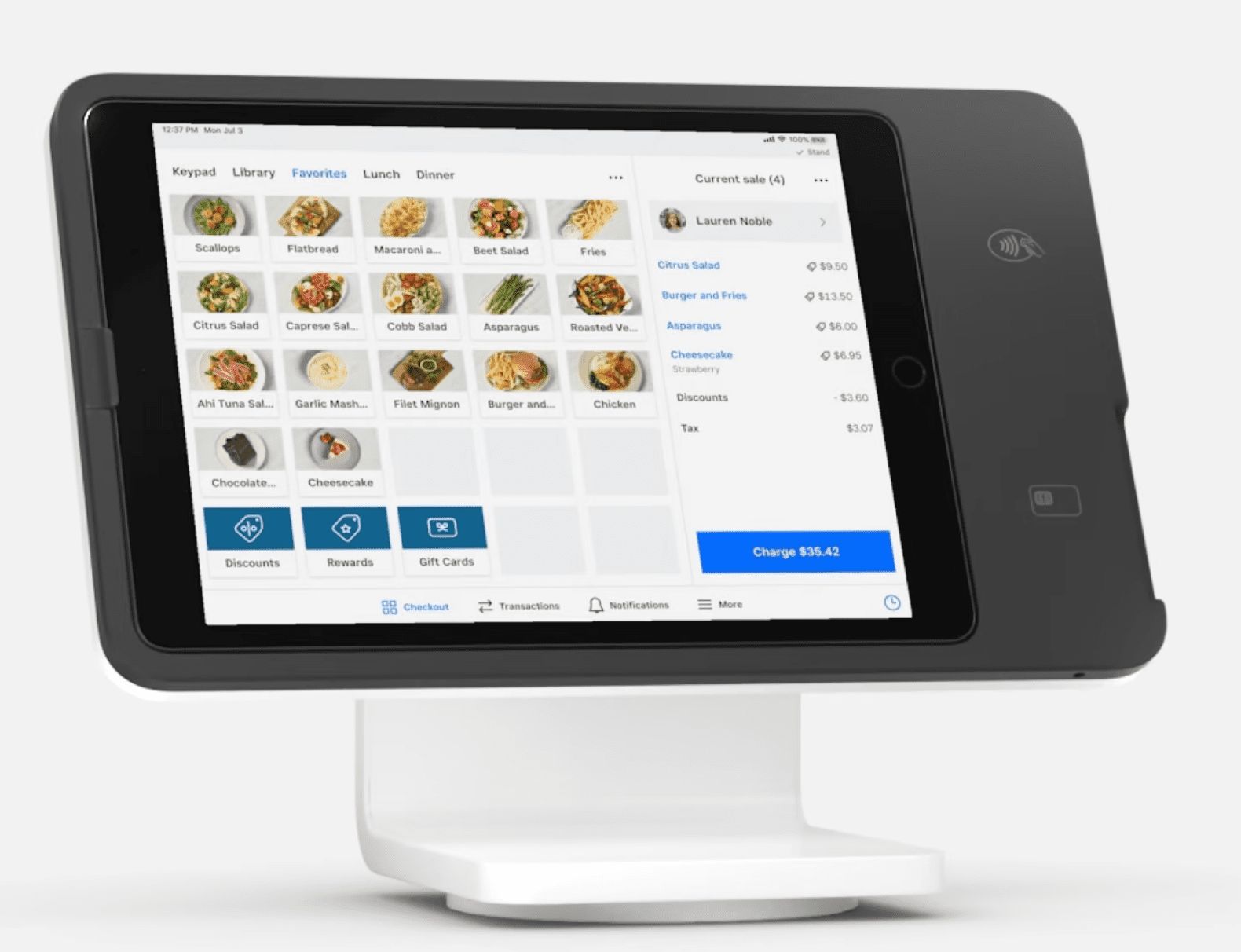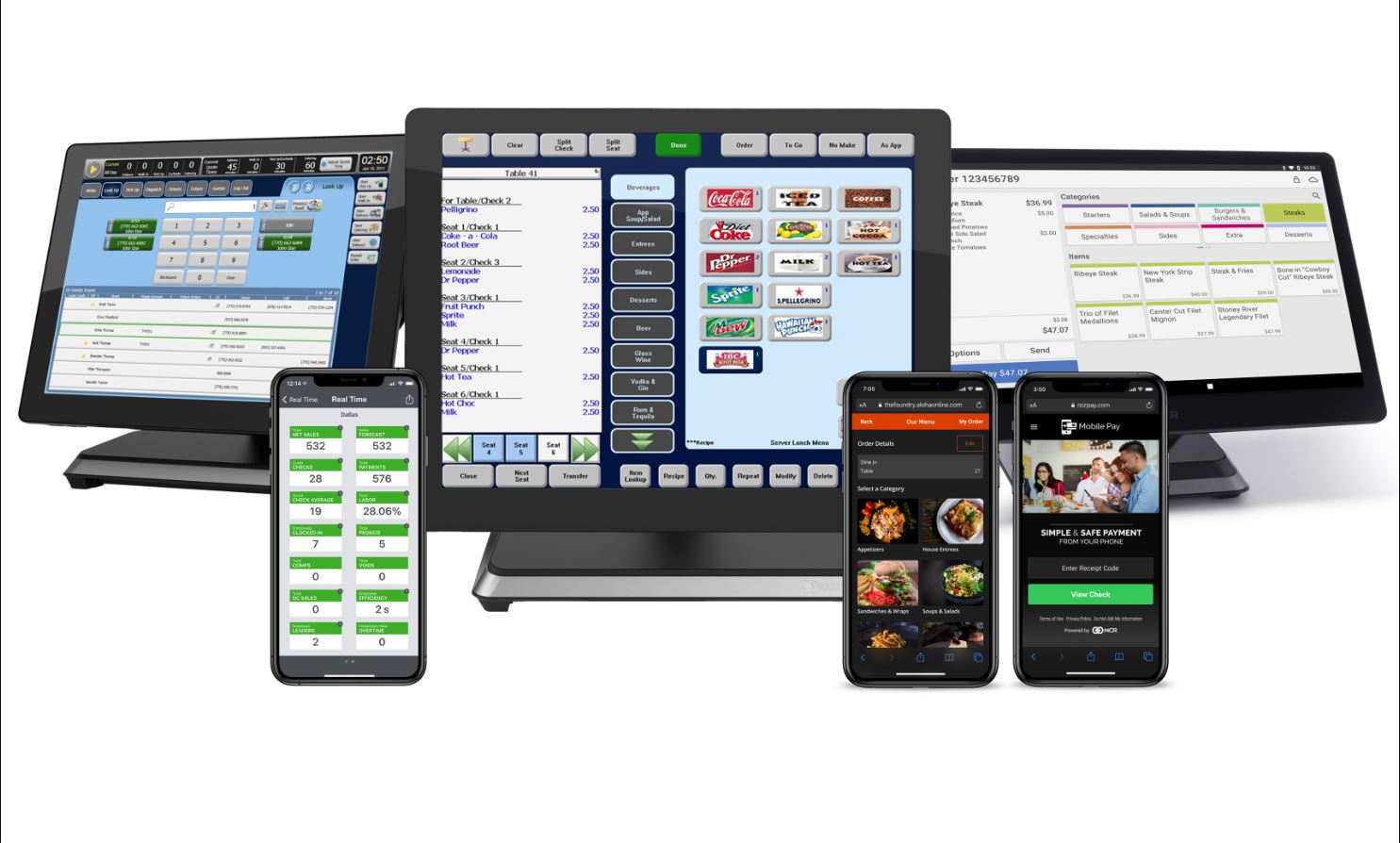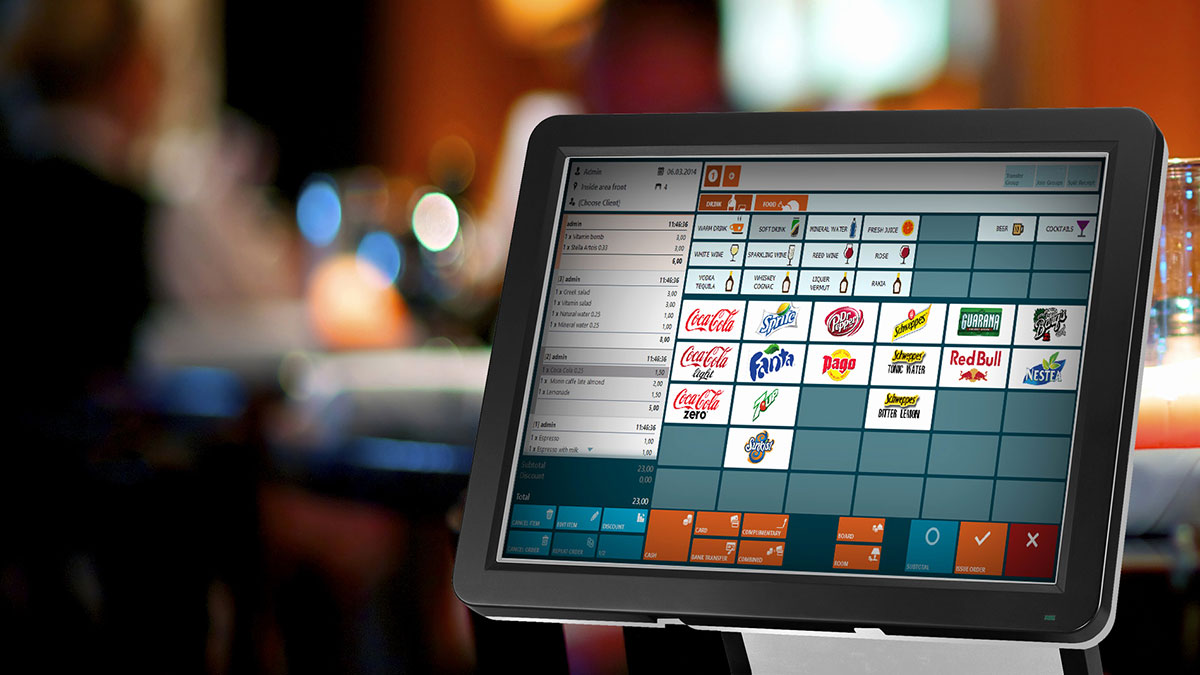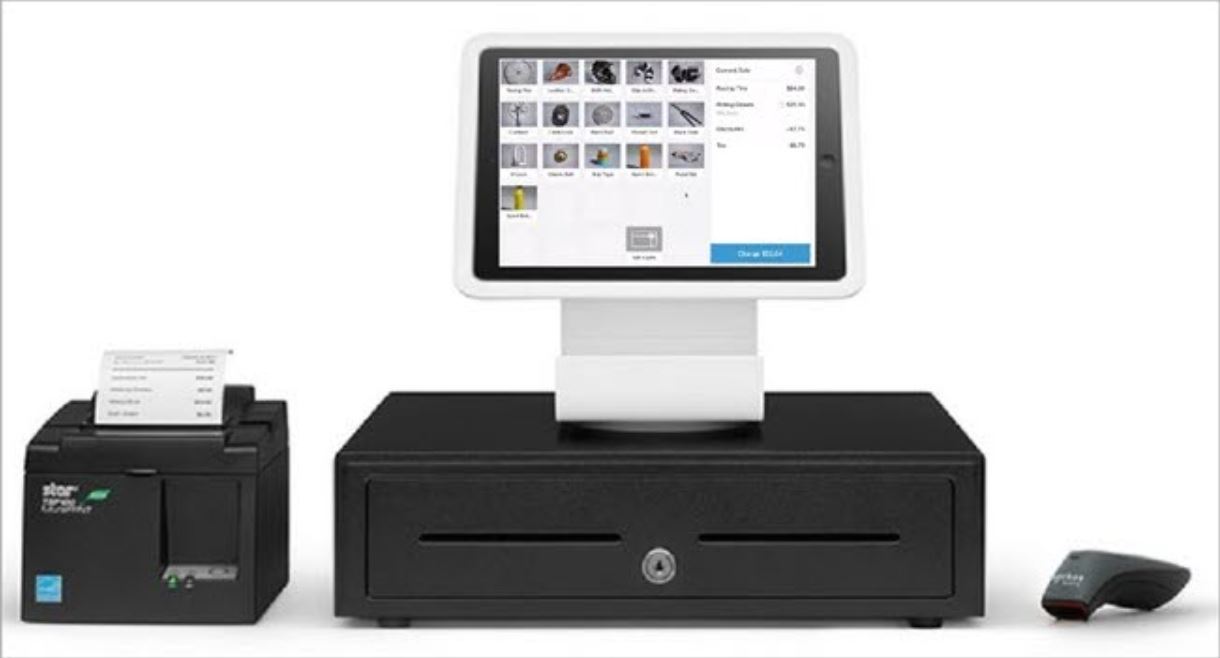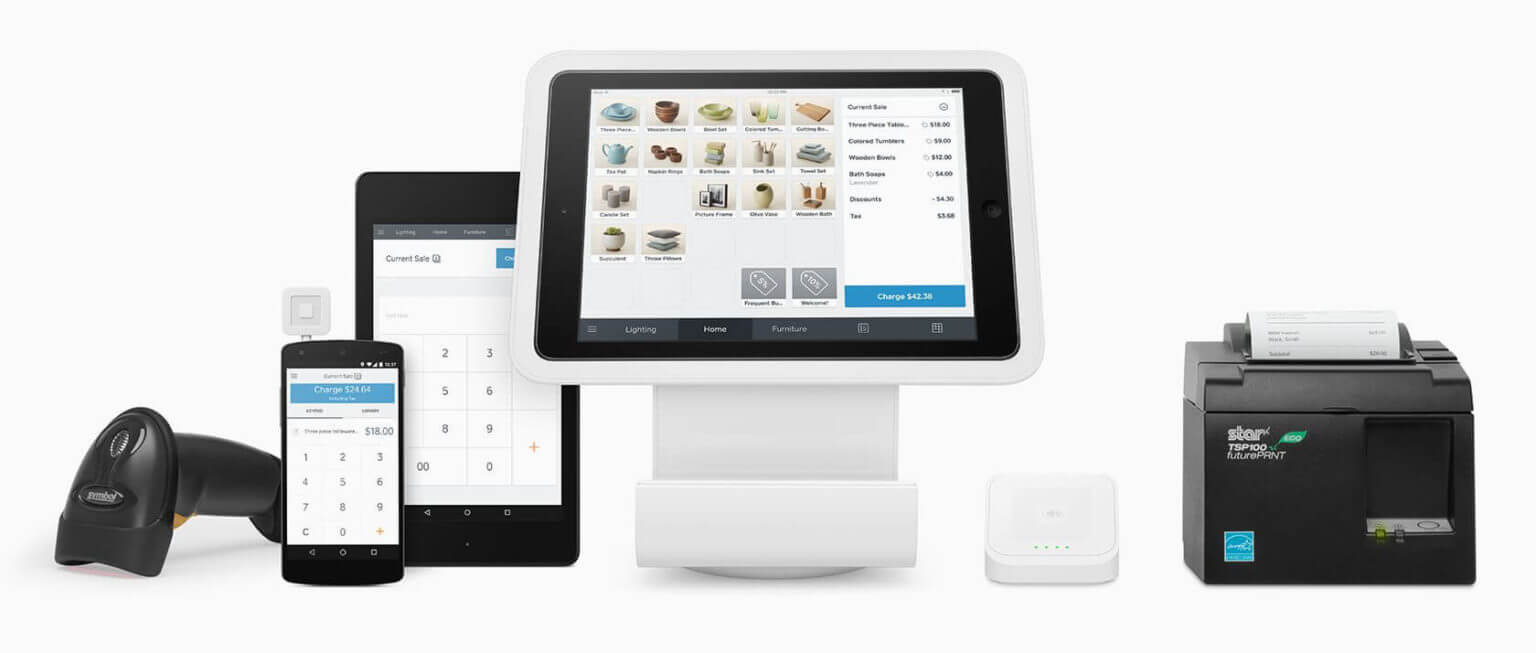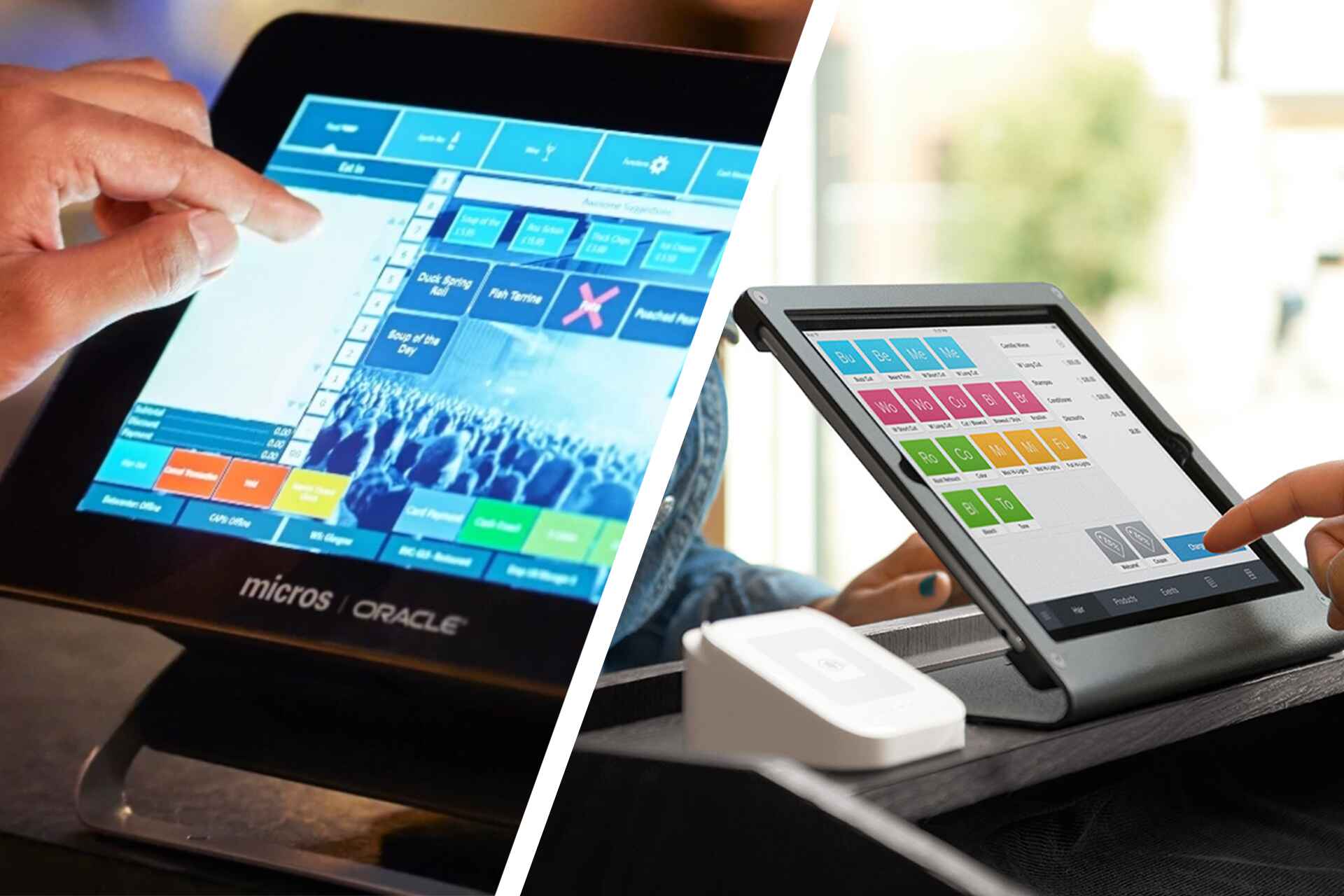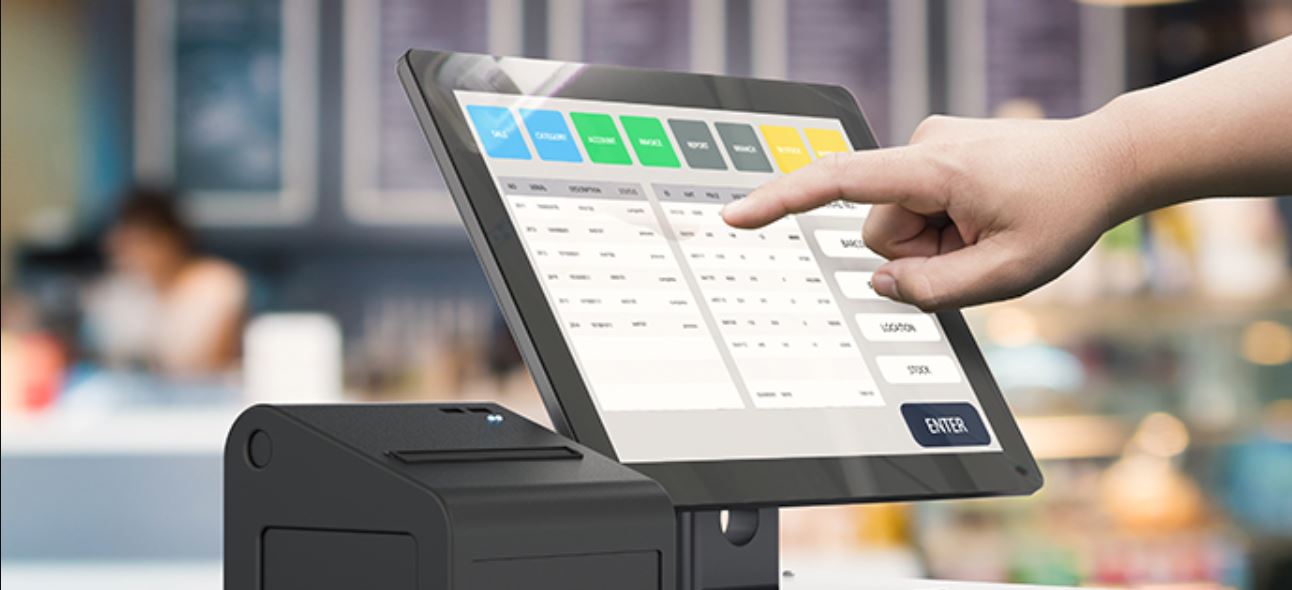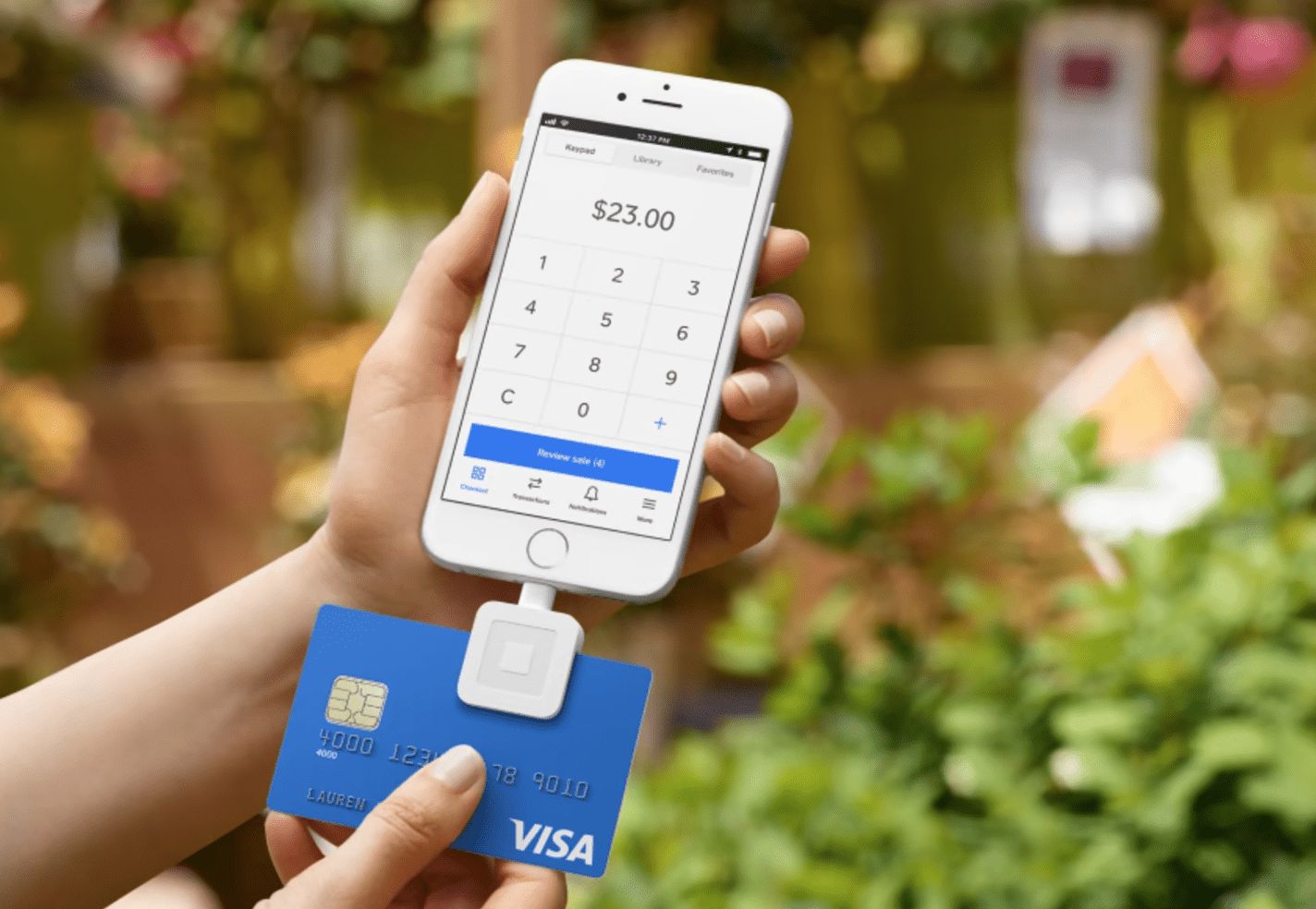Introduction
Operating a restaurant involves numerous tasks, from taking orders and tracking inventory to managing staff and processing payments. With the advancement in technology, many restaurant owners are turning to Point of Sale (POS) systems to streamline their operations and improve efficiency. A restaurant POS system is a software and hardware combination that handles various functions, such as order management, inventory tracking, employee scheduling, and sales reporting.
While the benefits of a restaurant POS system are evident, one important consideration for any business owner is the cost. Understanding the factors that influence the cost of a restaurant POS system can help you make an informed decision and select a system that meets your needs.
In this article, we will explore the various factors that affect the cost of a restaurant POS system, the different pricing models available, and break down the different costs involved. Additionally, we will provide insights into the average cost of a restaurant POS system and discuss additional costs that you should consider. Finally, we will share some strategies to help you minimize costs and select an affordable yet efficient POS system for your restaurant.
Whether you are a small neighborhood cafe or a large fine dining establishment, choosing the right restaurant POS system is crucial for the smooth operation of your business. By understanding the costs involved and exploring the options available, you can make an informed decision that aligns with your budget and enhances the overall efficiency of your restaurant.
Factors that Affect the Cost of a Restaurant POS System
When considering the cost of a restaurant POS system, it’s important to understand the factors that contribute to its pricing. Here are some key factors that can impact the cost of a POS system for your restaurant:
- Hardware and Software Requirements: The price of a POS system can vary depending on the hardware and software requirements. Some POS systems operate on mobile devices, while others require specific terminals, printers, and scanners. The more advanced the features and capabilities, the higher the cost of the system.
- Scalability: If you are planning to expand your restaurant in the future, it’s crucial to consider the scalability of the POS system. Scalable systems can adapt to a growing number of menu items, tables, or locations. However, these systems may have a higher initial cost.
- Integration: POS systems can integrate with other software, such as accounting or inventory management systems. Integration capabilities can impact the cost of the POS system as well.
- Customization: Some restaurants may require specific customization options for their POS system to cater to their unique needs. Customization may include branding, unique order modifiers, or specific reporting requirements. Customized POS systems often come at an additional cost.
- Support and Training: The level of customer support and training offered by the POS system provider can affect the overall cost. Systems that provide additional support, such as 24/7 assistance or on-site training, may have higher prices.
- Cloud-based or On-premise: POS systems can be cloud-based or on-premise. Cloud-based systems operate through an internet connection, and businesses typically pay a monthly subscription fee. On-premise systems require upfront hardware and software purchases. The cost structure can vary between the two.
These factors can significantly impact the cost of a restaurant POS system. It’s crucial to thoroughly evaluate these factors based on your specific business needs and budget before making a decision.
Pricing Models for Restaurant POS Systems
Restaurant POS systems typically offer different pricing models to accommodate the varying needs and budgets of businesses. Understanding these pricing models can help you choose the one that aligns with your requirements. Here are some common pricing models for restaurant POS systems:
- Monthly Subscription: Many POS system providers offer a monthly subscription pricing model. With this model, you pay a fixed amount each month to access the POS system and its features. The subscription fee often includes customer support, software updates, and basic hardware.
- Purchase or Lease: Some POS system providers allow businesses to purchase or lease the hardware and software upfront. With this model, you own the system and may have to pay additional fees for maintenance and support. Leasing offers a lower initial cost, but you may have to make regular payments over a set period.
- Transaction-Based: In a transaction-based pricing model, you pay a small fee for each transaction conducted through the POS system. This model is suitable for businesses with low transaction volumes or as an add-on for specific features.
- Package-Based: POS system providers may offer different packages with varying features and price points. These packages are designed to cater to businesses of different sizes and requirements. You can choose the package that best suits your needs and budget.
It’s important to carefully consider the pricing models offered by POS system providers and evaluate how they align with your expected usage, business type, and budget. Remember to factor in any additional costs, such as hardware, software updates, support, and integrations, when comparing pricing models.
Keep in mind that while the cost is an important consideration, it shouldn’t be the sole determining factor in your decision-making process. The overall value, features, reliability, and customer support provided by the POS system provider should also be taken into account when evaluating different pricing models.
Breakdown of the Different Costs Involved
When calculating the cost of a restaurant POS system, it’s essential to consider the various components that contribute to the overall expense. Here’s a breakdown of the different costs typically involved in implementing a POS system:
- Software Cost: The software cost is the price you pay for the POS system software itself. It can be a one-time upfront fee or a recurring monthly subscription, depending on the pricing model. The software cost can vary based on the features, scalability, and customization options provided by the POS system.
- Hardware Cost: The hardware cost includes the price of the physical equipment required to operate the POS system, such as touchscreen terminals, receipt printers, cash drawers, barcode scanners, and kitchen display systems. The hardware cost may vary depending on the quality, brand, and number of devices needed.
- Installation and Setup: Some POS system providers charge a separate fee for installation and setup. This cost includes the labor and expertise required to configure the system, integrate it with existing hardware or software, and ensure it is up and running smoothly.
- Training: Proper training is crucial to maximize the efficiency of your POS system. Some providers offer training sessions for restaurant staff to familiarize them with the system’s features and functionalities. The cost of training can vary depending on the provider and the level of training required.
- Support and Maintenance: Ongoing support and maintenance are important for the smooth operation of your POS system. Providers may offer different support packages or charge a separate fee for customer support, system updates, and troubleshooting. Consider the level of support you may require and factor in these costs.
- Additional Modules and Integrations: Depending on your business needs, you may require additional modules or integrations with other systems, such as accounting software, inventory management systems, or online ordering platforms. These modules or integrations may come at an additional cost.
It’s crucial to carefully consider these various costs when evaluating different POS system options. Factor in the initial investment, ongoing expenses, and any additional features or services you may require. By understanding the breakdown of the different costs involved, you can make a more informed decision and budget effectively.
Average Cost of a Restaurant POS System
The cost of a restaurant POS system can vary significantly based on various factors, such as the size of your business, the number of locations, the features you require, and the POS system provider you choose. While it’s challenging to provide an exact average cost that applies universally, we can provide a general range to give you an idea of what to expect.
For small to medium-sized restaurants, the average cost of a POS system can range from $1,000 to $5,000 upfront for hardware and software. The monthly subscription fees can range from $50 to $200, depending on the provider and the package you choose. Keep in mind that these figures are estimates, and it’s essential to request quotes from different POS system providers to get an accurate understanding of the costs.
For larger or more complex restaurants, the costs can be higher due to the need for multiple terminals, advanced features, and additional integrations. These establishments may have an upfront cost ranging from $5,000 to $20,000 or more, with monthly subscription fees starting from $200.
It’s important to note that these costs are primarily for the POS system itself and may not include other expenses like hardware maintenance, support fees, or credit card processing fees. Additionally, if you opt for customized features or special integrations, the cost can increase further.
When considering the average cost, don’t forget to evaluate the features and functionality offered by the POS system. A lower-priced system may lack certain features that are important for your specific business needs, while a higher-priced system may offer advanced capabilities that you may not require.
Ultimately, the average cost of a restaurant POS system depends on your specific requirements. It’s crucial to evaluate different providers, compare pricing, and assess the value of the features and services offered before making a decision.
Additional Costs to Consider
When implementing a restaurant POS system, it’s important to consider not only the upfront and monthly costs but also the additional expenses that may arise. Here are some additional costs to consider when evaluating the overall cost of a POS system:
- Hardware Maintenance: Over time, hardware components may require maintenance or replacement. It’s essential to factor in the cost of maintaining hardware devices like terminals, printers, and scanners. This includes repairs, replacement parts, and potential upgrades.
- Software Updates: POS system providers often release software updates to add new features, enhance security, and improve performance. While some updates may be included in the subscription fee, others may come at an additional cost. It’s important to clarify the software update policy with the provider and budget for any potential fees.
- Payment Processing Fees: If you choose to integrate your POS system with a payment processor, you will likely incur transaction fees for processing credit or debit card payments. These fees are typically a percentage of the transaction amount or a fixed fee per transaction. Consider the potential volume of card transactions and estimate the associated fees.
- Data and Analytics: Some POS systems offer advanced reporting and analytics features that allow you to gain insights into your business performance. However, accessing these features may require additional subscription fees or the purchase of specific modules. Evaluate the importance of data and analytics for your business and factor in any associated costs.
- Additional User Licenses: If you have multiple staff members who require access to the POS system, some providers may charge additional fees for additional user licenses. Consider the number of users you need and the associated costs to ensure you can accommodate your staff without incurring unexpected expenses.
- Integration Costs: If you require integrations with other systems, such as accounting software or online ordering platforms, there may be integration fees involved. These costs can vary depending on the provider and the complexity of the integration. Be sure to inquire about integration fees upfront.
Considering these additional costs is crucial to avoid any surprises and to accurately budget for your POS system implementation. Remember to inquire about these costs when obtaining quotes from different POS system providers and consider them during your decision-making process.
Ways to Minimize Costs
Implementing a restaurant POS system doesn’t have to break the bank. There are several strategies you can employ to minimize costs and ensure that you select an affordable POS solution that meets your needs. Here are some ways to minimize costs when choosing a restaurant POS system:
- Research and Compare: Take the time to research and compare different POS system providers. Assess their features, pricing models, and customer reviews. By comparing multiple options, you can find the system that offers the best value for your budget.
- Identify Essential Features: Determine the essential features your restaurant requires in a POS system and prioritize them. Avoid paying for unnecessary features that you won’t utilize. This will help you narrow down your options and minimize costs.
- Consider Cloud-Based Solutions: Cloud-based POS systems often have lower upfront costs because you don’t need to invest in expensive hardware or infrastructure. Additionally, they typically offer flexible pricing models, such as monthly subscriptions, that can be more cost-effective for small to medium-sized businesses.
- Opt for Open-Source Solutions: Open-source POS systems are software solutions that are available for free or at a significantly lower cost compared to proprietary systems. By choosing an open-source solution, you can save on software licensing fees. However, keep in mind that open-source systems may require more technical expertise for setup and maintenance.
- Consider Leasing Hardware: Instead of purchasing hardware outright, consider leasing it. Leasing allows you to spread the cost over time and upgrade your hardware as needed without a significant upfront investment. However, be sure to consider the total cost over the lease period to ensure it remains cost-effective.
- Negotiate with Vendors: Don’t be afraid to negotiate with POS system vendors. Request customized quotes that align with your specific needs and budget. Vendors may be willing to offer discounts or flexible payment terms to win your business. Take advantage of this opportunity to secure the best possible price.
- Invest in Staff Training: Properly trained staff can maximize the efficiency of your POS system, minimizing costly errors and improving productivity. Investing in comprehensive training upfront can save you money in the long run by reducing operational errors and minimizing support needs.
By implementing these strategies, you can minimize the costs associated with choosing and implementing a restaurant POS system. Remember to carefully evaluate your options, prioritize your business requirements, and negotiate with vendors to secure the best possible deal for your restaurant.
Conclusion
Choosing the right restaurant POS system is a crucial decision that can significantly impact the efficiency and success of your business. While cost is an important factor in your decision-making process, it’s crucial to evaluate various factors, such as hardware and software requirements, scalability, customization options, and support, along with the pricing models offered by different POS system providers.
By understanding the different costs involved, including software, hardware, installation, training, and ongoing support, you can create a realistic budget and ensure that the chosen POS system aligns with your financial limitations and operational needs.
Remember to research and compare different POS system providers, identify essential features, and consider cost-effective options such as cloud-based solutions or open-source systems. Leasing hardware and negotiating with vendors can also help minimize costs. Investing in staff training can improve productivity and reduce errors, ultimately saving you money in the long run.
By considering these factors and implementing cost-saving strategies, you can select a restaurant POS system that not only fits your budget but also enhances your operations, improves customer experiences, and contributes to the overall success of your restaurant.







